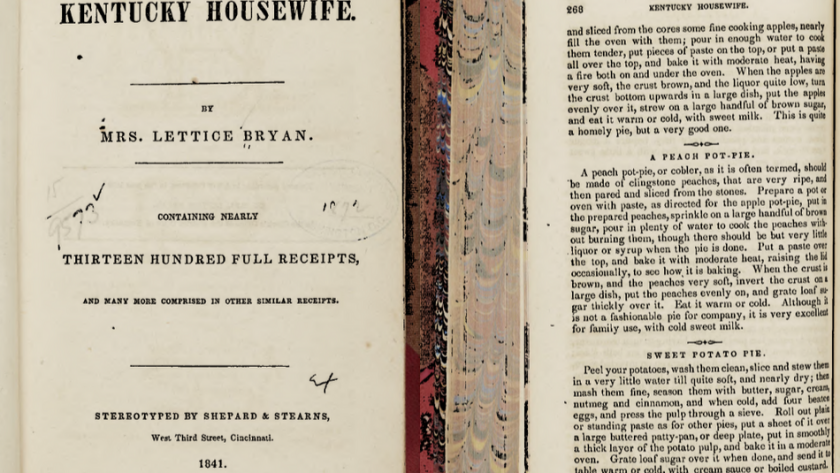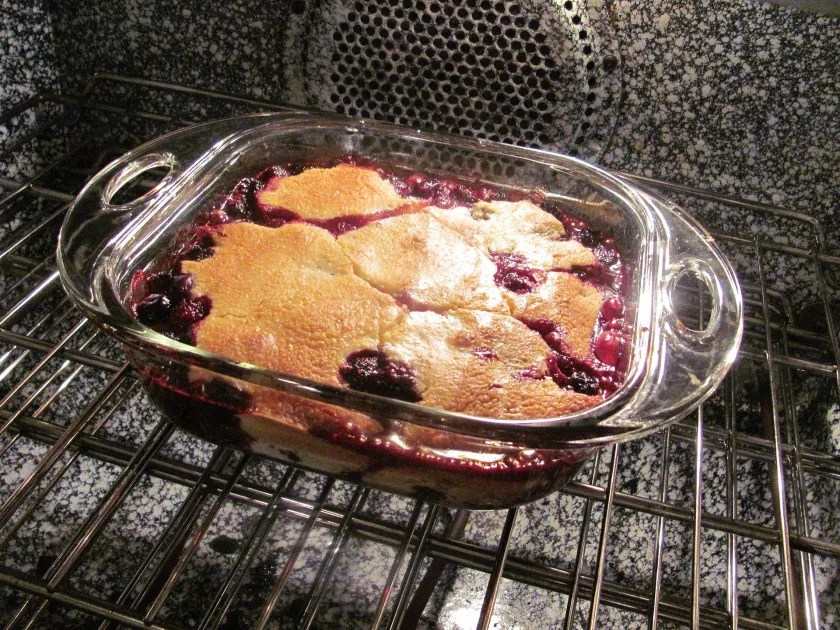You know what a pie is, right? Doesnt matter if its single crust, double crust or hand pie, pie is pretty easy to define. Weve shared some of our favorite pie recipes with you, along with our tips for making the perfect pie crust. But pie isnt the only game in town. We also have strong opinions on cobbler (definitely a good thing). If youre curious what the difference is with cobbler vs pie, weve got you covered.
A pie can sweet or savory; in fact, tomato pies are one of our favorite summer recipes and pot pies are always a welcome dinner dish. A pie can be topped with a crust, a topping of meringue, whipped cream, or a streusel topping. Occasionally, its folded over so that you can carry it around. You can also make a rustic pie, called a galette, where the bottom crust is folder part of the over, creating a rough flat crust around the edge of the pie.
So, if we know what a pie is, then what is the definition of a cobbler?
Pies have, at a minimum, a bottom crust with the fruit placed on top, while a cobbler has the fruit on the bottom and a dolloped dough on top instead.

History of the Cobbler

From the beginning, it seems like cobblers were a way to easily use up extra fruit. They were considered everyday desserts, something that could be thrown together without much planning or work.
The first recorded recipe for a peach cobbler was printed in the 1839 cookbook The Kentucky Housewife written by Lettice Bryan. The recipe was for “a peach pot pie” and called for the peaches to be pared from the stone and placed in a baking dish with a large handful of brown sugar on top and plenty of water so as not to burn the peaches. A layer of pastry was placed on top. After baking, the dish was inverted so that the pastry was on the bottom and the peaches were placed evenly on the crust, then sugar was grated over the top of the fruit.
Some early cobbler recipes called for the peaches to be baked whole (pits and all) in a double crust, but in the late 1800s, cobblers were moving to the no bottom crust method, either in baking or serving. An 1889 edition of the Good Housekeeping magazine outlined the inverted crust method for a peach cobbler, but on the same page, a recipe for a berry cobbler called for using a deep dish with no under crust.
Cobbler vs. Pie: The Definition of a Dessert

The defining difference between cobbler vs. pie really comes down to the crust (or lack thereof). A pie, whether sweet or savory, always has a bottom crust, while a cobbler doesnt.
A cobbler is a baked fruit dessert without a bottom crust and the top crust is a kind of biscuit dough instead of a traditional pastry or pie dough. While almost all fruit pies need some kind of pie pan, you can bake a cobbler in any kind of baking dish, using almost any kind of fruit.
How to Make 3 Types of Pie Dough, According to a Pro Pastry Chef
FAQ
What is cobbler crust made of?
Why is fruit cobblers not considered a pie?
What makes a cobbler a cobbler?
Why is my cobbler crust tough?
What is the difference between a pie and a cobbler?
This is where the name “ cobbler “ comes from. Pie: Pie is a dessert that consists of a filling encased in a pastry crust. The crust can be a single crust that covers the bottom and sides. Or a double crust that surrounds the filling entirely. Cobbler: Cobbler fillings can vary widely and include fruits like berries, peaches, apples, and more.
Do Cobblers have a bottom crust?
Cobblers never have a bottom crust, and their top crust is rarely a thin, smooth crust like for pie. When it comes to a top crust, cobblers have different kinds of crust, some more crumbly, some like biscuit, some like cake batter. Pie crust is always somewhere between crumbly and chewy, just like the bottom crust.
Do pies have a top or bottom crust?
A pie is a type of dish, usually a dessert, that has a filling encased in pastry dough on the top and on the bottom. Some pies may be open faced, meaning they have no top crust, only a bottom crust. Other pies have a lattice top, where the crust is cut into strips and different shapes, and artfully layered on top to create different patterns.
Can a pie have a double crust?
Pies can have a double-crust (filling is fully encased in pie dough), single-crust (open top, with a single, blind-baked bottom crust), or somewhere in between (think fancy lattice tops). Pies can be sweet or savory—steak and ale pie, anyone?
